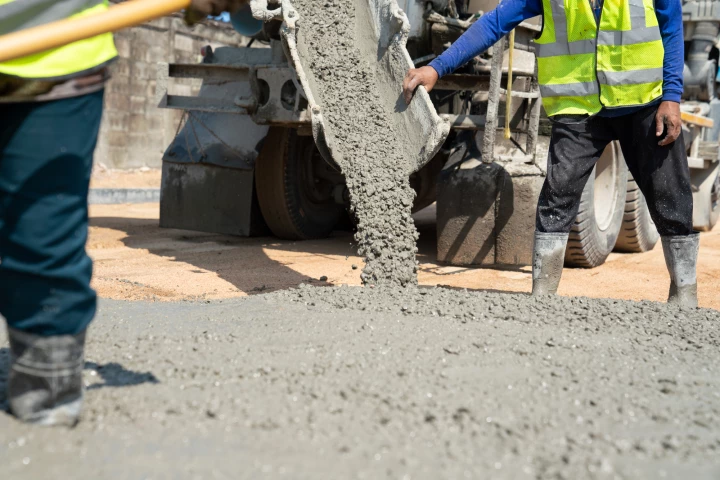Carbon Sequestration
-
Canadian decarbonization firm Exterra is tackling a critical environmental issue that's not talked about often: cleaning up the mineral waste left behind in asbestos mines after decades of extraction.
-
This strange white paste might not look like much, but it could not only solve the sand shortage, but make the cement manufacturing process absorb carbon dioxide instead of emitting it. Scientists grew this stuff out of seawater, electricity and CO2.
-
Stanford researchers have found a way to activate commonly found rocks so they capture CO2 out of the air at room temperature. The team believes it could be relatively inexpensive, and can easily scale to help sort our emissions problem worldwide.
-
Using principles from rocket science, researchers have created carbon with a record-breaking surface area. The material can soak up about twice the amount of CO2 as current activated carbon materials and has impressive energy-storage capabilities.
-
Researchers at UC Berkeley have invented a material in powder form that adsorbs carbon dioxide with astonishing performance. Just 200 g (a little under 0.5 lb) can suck up 44 lb (20 kg) of CO2, the same as a tree does in a year.
-
A 3,775-year-old log discovery has lent credence to the idea of burying wood to sequester the carbon it contains. Known as a wood vault, the concept helps keep CO2 out of the atmosphere while allowing the soil to be used for crops and other purposes.
-
A technique originally developed to combat acid rain has the potential to pull an enormous amount of carbon dioxide out of the atmosphere – while helping to deacidify oceans, restore rivers and boost biodiversity and fish populations.
-
Tulip trees have been around for millions of years, but a new analysis of their structure has revealed a previously unknown type of wood. The finding could explain why the trees are great at sequestering carbon and help our efforts to do the same.
-
A new material tackles the carbon problem of concrete production and usage by employing a pretty unusual workforce: cyanobacteria. The bio-cement these micro-organisms help to produce harnesses a process that's existed in nature for 3.5 billion years.
-
The application of crushed rock to farmers' fields may not only reduce greenhouse gases, it could also boost crop yields by up to 16%. These are the findings of a new study conducted by scientists from the University of Sheffield.
-
Captura Corporation has developed a revolutionary plan to remove carbon emissions by creating an aquatic purification facility in the middle of the sea. The company intends to extract carbon dioxide from ocean water using only renewable electricity.
-
Concrete is one of the largest single sources of human-induced carbon dioxide emissions. Engineers at Washington State University have now developed a new method for making concrete that absorbs more carbon than it emits.
Load More











